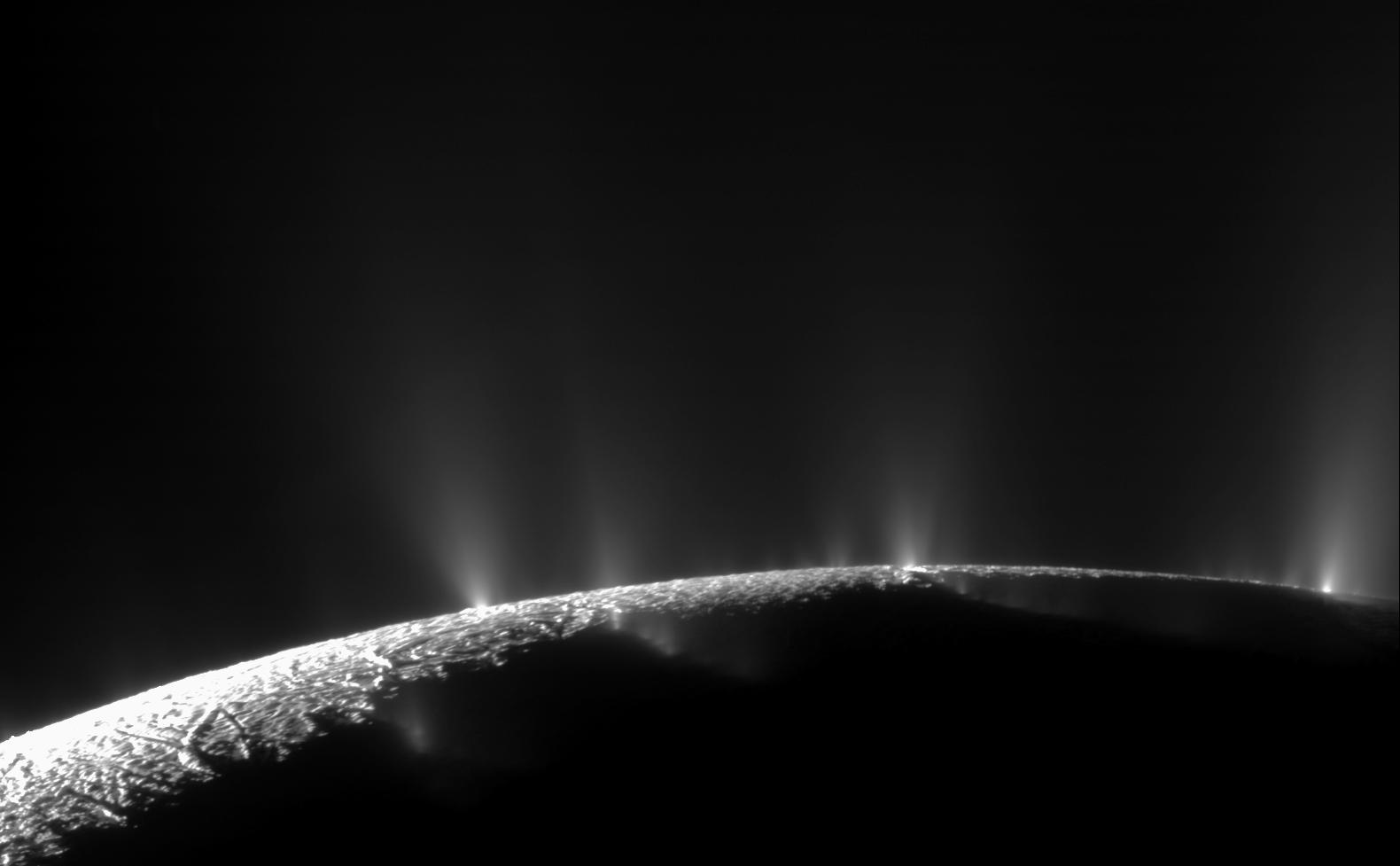2 min read

During flyby T-123, Cassini will stare at the star Arcturus as the spacecraft passes by Titan. From our solar system, Arcturus is the forth brightest star in the night sky. When Cassini passes Titan, light from Arcturus will shine through Titan’s atmosphere and into Cassini’s Visible and Infrared Spectrometer (VIMS).
The VIMS instrument will study how the star’s light is altered by Titan’s atmosphere. From that observation, VIMS will dissect Titan’s atmosphere without ever touching it, further refining scientists’ understanding of the atmosphere’s composition and evolution.
VIMS will also collect images that will be used to produce a mosaic image of the Hotei Arcus region on Titan’s surface, and a high-resolution image of Titan’s Xanadu region.
Another of the spacecraft’s "eyes" will be active during the flyby. Cassini’s Composite Infrared Spectrometer (CIRS) will perform detailed scans of Titan’s atmosphere in a region about halfway between the moon’s equator and north pole. The CIRS instrument measures the temperatures of gases from afar and helps scientists determine the atmosphere’s composition as well as how the gases and temperatures are layered vertically.
Titan’s northern hemisphere is in its late spring season, so scientists will compare the T-123 observations with measurements of a similar latitude in Titan’s southern hemisphere, where the season is late autumn. They will also compare the new observations with those of the northern hemisphere from earlier in Cassini’s mission.







